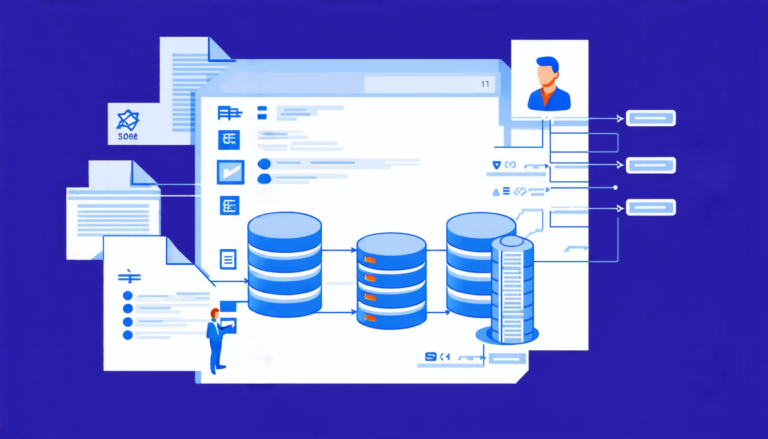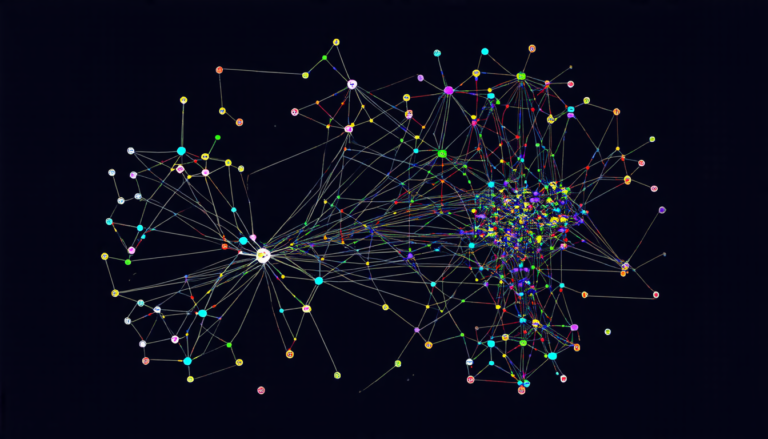Thursday 10 April 2025
Scientists have created a simulator that can mimic the way people behave in mixed reality environments, allowing them to study human behavior and develop more effective virtual experiences.
Mixed reality combines elements of both the physical and digital worlds, creating an immersive experience that blurs the line between what’s real and what’s not. As this technology becomes more prevalent, researchers are working to understand how humans interact with it, and how they can design better experiences for us.
One way scientists have approached this is by studying individual behavior in these environments. They’ve developed a simulator called MoCoMR, which uses machine learning algorithms to model human behavior in mixed reality settings. The simulator can generate realistic data that mimics the way people interact with each other and their surroundings.
The researchers used a dataset of 48 participants who engaged in a collaborative task in a virtual environment. They analyzed the data to identify patterns in how people behaved, such as speaking, gazing, and moving around. They then used this information to train the simulator, which was able to generate synthetic data that closely matched the real-world behavior.
The team tested the simulator by comparing it to actual data from the same participants. They found that the simulator was able to accurately capture the structure and timing of human behavior in mixed reality environments. This means that researchers can use the simulator to study human behavior, develop new algorithms for virtual experiences, and even test new designs before they’re implemented.
One potential application of this technology is in designing more effective team collaboration tools. By studying how people interact with each other in virtual environments, researchers can identify patterns and trends that can inform the design of better collaboration software.
Another potential use is in developing more realistic and engaging virtual experiences. By understanding how humans behave in mixed reality settings, developers can create more immersive and interactive experiences that are tailored to individual users.
The simulator also has implications for fields such as psychology, sociology, and human-computer interaction. Researchers can use it to study human behavior in a controlled environment, which can help them better understand how people interact with technology.
Overall, the MoCoMR simulator is a powerful tool for understanding human behavior in mixed reality environments. By generating realistic data that mimics real-world behavior, it allows researchers to study and develop more effective virtual experiences. As this technology continues to evolve, we can expect to see even more innovative applications of it in fields ranging from education to entertainment.
Cite this article: “Synthetic Social Interactions: A Novel Simulator for Collaborative Mixed Reality Environments”, The Science Archive, 2025.
Mixed Reality, Human Behavior, Simulator, Machine Learning, Virtual Environment, Collaboration Tools, Team Interaction, Psychology, Sociology, Human-Computer Interaction







